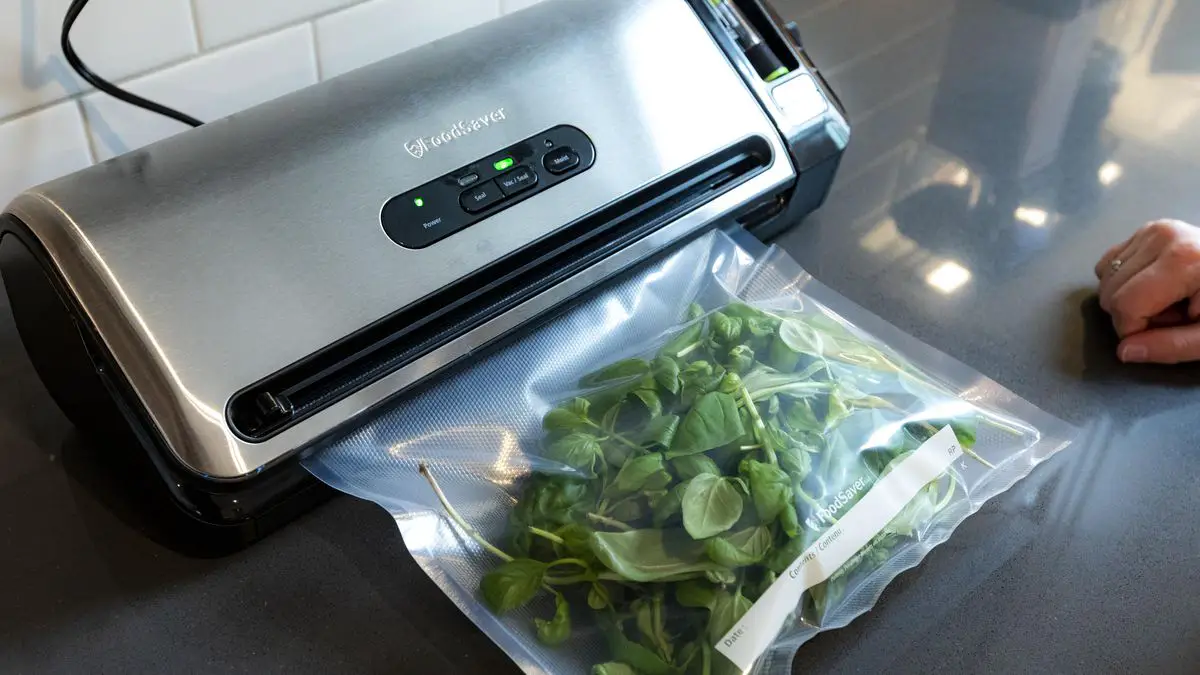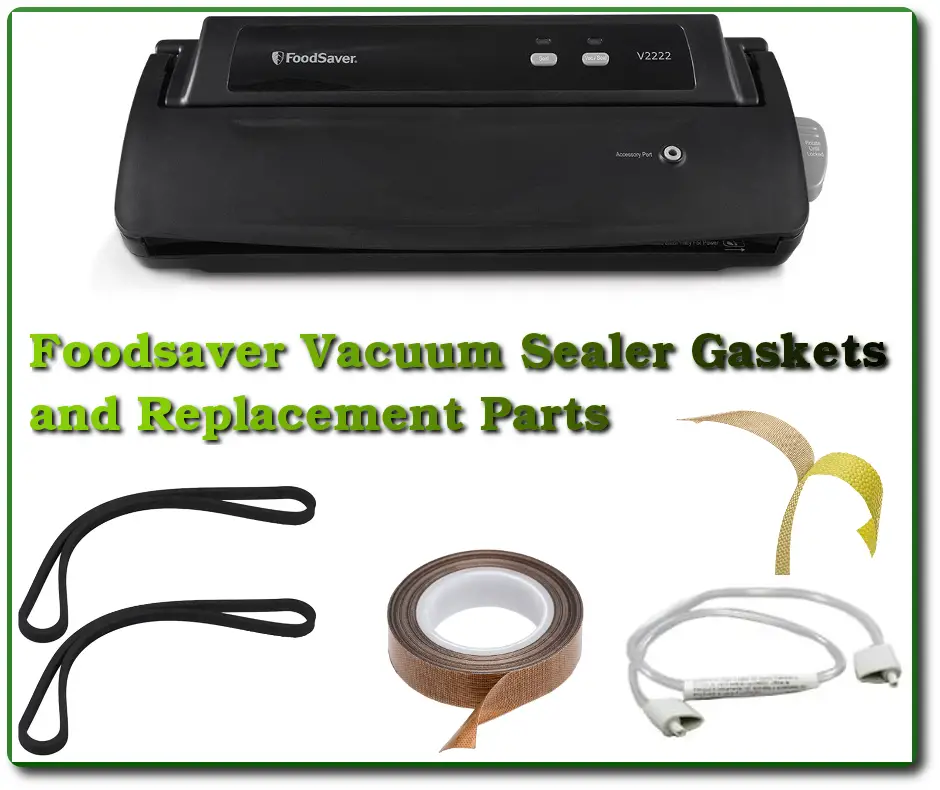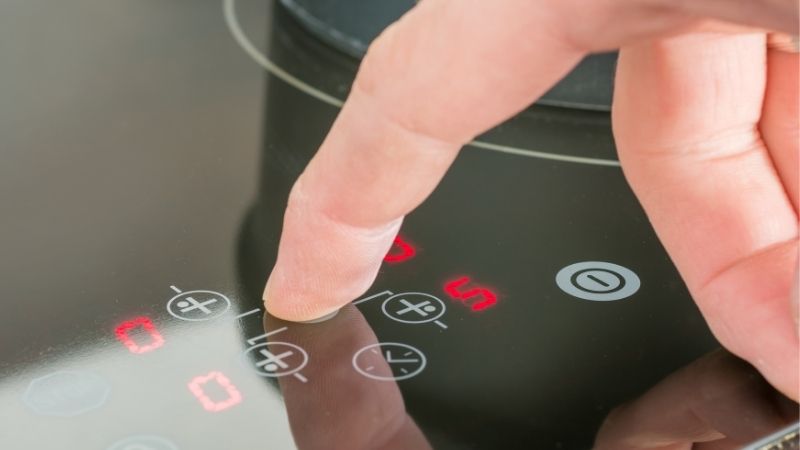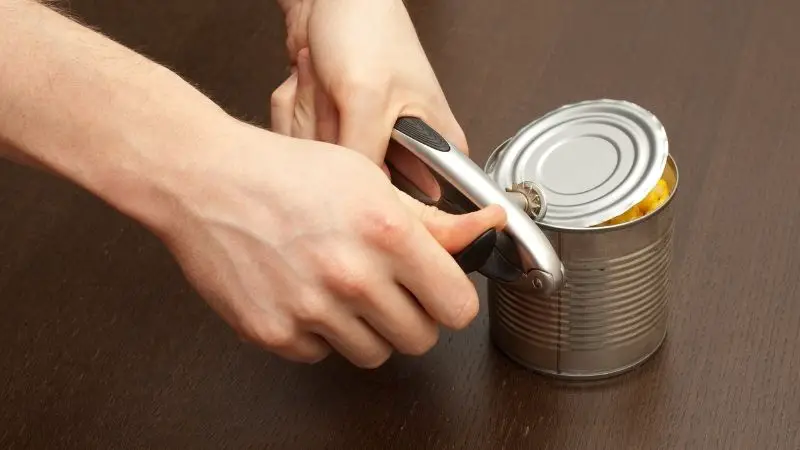Introduction
Foodsaver Vacuums are great to keep your food fresh and intact. It sucks out the air from the food storage containers or bags so that the flavor and ingredients stay preserved for a long time.
You can use this vacuum when you want to freeze, store, or marinate the food. These vacuum sealers come in different sizes, and all of them are easy to use.
However, without proper maintenance, some problems may arise, especially with its vacuum sealing feature. Sometimes you may notice your foodsaver not turning on or not stopping vacuuming. The sealer is also prone to damage, and sometimes the sensors stop responding.
In this article, we will talk about why your FoodSaver does not stop vacuuming and provide you with the right solutions.

Source: CNET.com
3 Reasons Your Foodsaver Will Not Stop Vacuuming
The problem happens when the FoodSaver does not automatically stop and seal. Instead, the FoodSaver will continue to vacuum unless you manually push the seal button.
This completely ruins the seal because when you manually seal it, the timing may be a bit off. There might still be some air inside.
Here are a few reasons your FoodSaver will not stop vacuuming-
1. The Vacuum May Be Dirty
Sometimes the vacuum switch inside the circuit board can get dirty and clogged up. This disrupts the sealer and the vacuum keeps on sucking.
The same can happen with the vacuum line out. If it gets clogged up or has debris on it then the sealer will not work properly.
2. The Bag May Not Be Dry
The vacuum only stops and seals when the bag is completely dry. So, if the bag is not completely dry, the vacuum will not stop until that space has zero moisture.
This mostly happens when the drip tray is full because then the FoodSaver can not suck out all the moisture inside the tray and ends vacuuming until you stop it manually.
3. The Accessory Hose Might Be Attached
You need to detach the accessory hose before using the vacuum sealer. Otherwise, it will not function properly.
5 Ways To Troubleshoot
The problems we discussed above are quite common and have very easy solutions. If you are wondering how you fix a vacuum sealer on a meal? Then here are 5 ways to troubleshoot problems regarding your FoodSaver.
1. Clean Up The Specific Parts
If the vacuum switch and line out get clogged or have moisture and debris stuck, then your vacuum may get stuck in an endless vacuuming cycle. To make sure this does not happen, carefully open your FoodSaver.
If you feel the screws in the circuit boards are tighter than usual, use an electronic contact cleaner to clean up the dirt and gunk. You might also find little brass discs that help turn off the suction.
Remember to wear safety goggles before taking the FoodSaver apart and always use safety precautions. Read the manual for further instructions.
2. Make Sure The Bag & Line Out Is Dry
Your FoodSavers job is to make the package completely dry and then seal it. If there is still moisture inside, then it makes the food inside prone to bacteria.
However, sometimes moisture gets stuck in places where the vacuum can not reach. So before inserting the bag, use cotton or a small dry cloth to wipe off any moisture. Do the same for the line out and make sure that the drip tray is not full.
3. Check The Bag For Any Imperfection
The bag is your main storage unit. So if there is imperfection, it will not seal properly.
If there is any tear in the zipper bag, then air from outside will enter. Your vacuum will continue to suck out the air, but this will become an endless loop. So before inserting your zipper bag, make sure it has no wrinkles or tears.
4. Change The Gasket
The gasket is the silicon ring installed inside your FoodSaver. Normally, the gasket has a lifespan of one year. After that, it should be replaced.

Source: dontpinchmywallet.com
The gasket is responsible for the sealer to work. If it gets damaged, your FoodSaver may not stop vacuuming automatically or it will not even turn on.
So replace it after its initial warranty.
5. Properly Insert The Bag
You have to properly insert your bag into the mouth of the FoodSaver. Even a little opening will allow moisture and air from outside to sneak in and disrupt the whole process. So make sure the zipper bag is properly inserted.
You can troubleshoot your FoodSaver by conducting the above-mentioned things. After doing all that, turn on your FoodSaver and see if it automatically stops vacuuming and starts sealing.
Maintenance Tips For Longer Lifespan
Just like any other device, you have to take care of your FoodSaver so the problems we mentioned above do not occur. To increase its lifespan, consider the following tips-
- Clean it as often as possible since dirt can easily clog the whole system
- Do not use abrasive cleaners or harsh chemicals when cleaning. Since the appliance deals with food items, only use soap and lukewarm water.
- Use a dry or damp cloth to wipe and clean the vacuum tray, channel, and switches
- Remove all the soapy residues when wiping the parts of the FoodSaver
- Always make sure the appliance is completely dry before using
Following these things will make sure your FoodSaver lasts for a very long time with no malfunction.
Conclusion
The FoodSaver Vacuum is a great option for preserving and keeping your food fresh. We hope our troubleshooting guide will help you solve any problem the FoodSaver may face when using. To make the best out of your FoodSaver, take good care of it and preserve your food for a long time.
FAQ
1. How long does a FoodSaver machine last?
If used and maintained properly, the FoodSaver machine can last up to 5-10 years. However, change the gasket every year.
2. Is vacuum sealing food safe?
Frozen food is safe for vacuum sealing because it will stop moisture or bacteria from growing. However, do not vacuum seal soft cheese, steamed or freshly cooked veggies, garlic, and raw mushrooms.
3. Does vacuum sealing kill bacteria?
It may not kill bacteria, but it greatly slows down its multiplication of certain bacteria by reducing oxygen inside the package.



